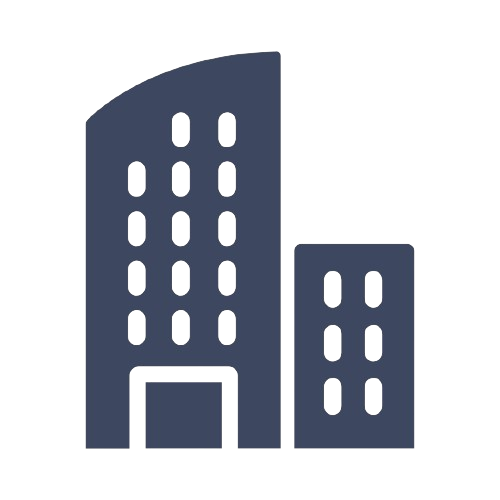Job Description Are you a seasoned Red Hat Linux Engineer ready to take your skills to the cloud? Viva Energy Australia is on the lookout for a Cloud Linux Engineer with a passion for automation, infrastructure-as-code, and cutting-edge Azure technologies. In this role, you’ll play a key part in designing, building, and maintaining scalable Azure infrastructure using Terraform , Ansible , and other cloud-native tools. You’ll manage a wide range of Azure services from NSGs and Private Endpoints to Key Vaults and Storage Accounts while applying best practices in cloud architecture, performance, and security. Key Responsibilities: Red Hat Enterprise Linux (RHEL) System Administration: Expertise in deploying, configuring, and maintaining RHEL instances in both on-premise and Azure cloud environments, including subscription management and system registration. Automation with Ansible: Designing and implementing automation workflows using Ansible for configuration management, application deployment, and system updates across Red Hat environments. Security Hardening and Compliance: Applying Red Hat security guidelines, implementing policies, managing firewalls requirements, and ensuring systems meet enterprise compliance standards like CIS or PCI-DSS. Patch Management and Kernel Updates: Coordinating and automating the patching of RHEL systems, including kernel upgrades, using tools like Red Hat Satellite or Azure Automation. Performance Monitoring and Tuning: Leveraging tools such as systemd, tuned, and Red Hat Insights to monitor system health, optimize performance, and proactively address capacity or stability concerns. Azure Compute Management: Managing and optimizing the compute resources in Azure, including virtual machines (VMs), container services, and serverless offerings. This includes provisioning, monitoring, scaling, and troubleshooting compute instances to meet application and performance requirements. Identity and Access Management (IAM): Establishing and managing identity and access controls for Azure resources. This includes defining and implementing security policies, managing user identities and roles, integrating with Azure Active Directory (Azure AD), and enforcing security best practices to protect cloud resources. Automation and DevOps: Promoting infrastructure as code (IaC) and automation practices to streamline cloud deployment and management processes. This may involve utilizing tools like Azure DevOps, Terraform, or other languages to automate resource provisioning, configuration management, and deployment pipelines. Performance Optimization and Cost Management: Analysing and optimizing the performance of cloud resources to ensure efficient utilization and cost-effectiveness. This includes monitoring and tuning compute instances, implementing auto-scaling mechanisms, and optimising resource allocation to achieve optimal performance and cost savings.



















